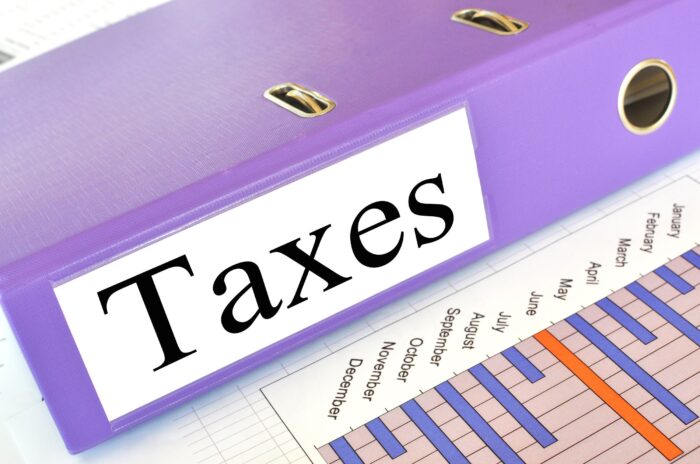About 862,000 people now pay the additional tax rate – double the number who paid the 45% rate three years ago.
The additional rate of tax (45p) was introduced in April 2010 and kicked in at £150,000. If the threshold had risen with wage inflation, it would now stand at £224,101. But, while other tax bands remain frozen, the additional rate threshold was cut to £125,140 in April last year.
The failure to keep up with wage inflation, followed by the threshold cut, means there are now 862,000 additional rate taxpayers – more than three-and-a-half times as many (240,000) as the year the rate was introduced.
Paying additional rate tax doesn’t just affect the tax on income, as additional rate taxpayers also lose their personal savings allowance, and pay a higher rate of tax on savings and dividends.
Sarah Coles, head of personal finance at Hargreaves Lansdown, said: “If you’re an average earner, you’d be forgiven for thinking that becoming an additional rate taxpayer would be a nice problem to have.
“However, for hundreds of thousands of people dragged into the 45p rate, the impact is pretty nasty. Fortunately, there are some steps you can take to cut the amount of additional rate tax you pay. In some cases, this will push people out of the additional rate tax bracket altogether.”
Here are nine ways additional rate taxpayers can reduce tax payments
Consider sacrificing salary into your pension
If your workplace runs a salary sacrifice scheme, you can agree to give up some salary in return for pension contributions. If you pay additional rate tax, then on £1 of earnings, you’ll face income tax at 45% plus national insurance at 2%, so you’ll take home 53p. If you sacrifice it into your pension instead, you’ll get the full £1. Some employers will pass on some of their National Insurance saving too.
Sacrifice your bonus
This works in a similar way to salary sacrifice, and is often offered by companies that run a salary sacrifice scheme. By putting more of your bonus into your pension, you pay less tax at 45%.
If you bring your income down below the threshold in this way, it also means paying tax at a lower rate on savings and dividends – and boosts your personal savings allowance. The annual allowance was raised last year to £60,000, giving more scope to use this approach.
Carry forward any unused pension contributions
You can carry forward any unused annual pensions allowance from the previous three tax years, and get tax relief at 45%. If you paid tax at a lower rate in previous years, the tax relief will be more rewarding in the current year.
Defer a proportion of your income
If you will earn less in the future, consider deferring some of your income until the time when you expect to be paying a lower rate of tax. This often makes sense just before retirement.
Shelter income-paying assets in your ISA
Income tax rates are usually higher than capital gains tax rates, so it’s worth prioritising sheltering those. If you hold income-paying shares or funds outside an ISA, you can use the share exchange process (also known as ‘Bed and ISA’), to move them into one.
Consider your cash ISA
When you become an additional rate taxpayer, you lose your personal savings allowance overnight and pay 45% on your interest, so you’re better off with your money in a competitive cash ISA than the equivalent savings account.
An additional rate taxpayer paying tax on their savings would need to make 9% interest to match the return on an ISA paying 4.95%.
Take dividends before the end of the tax year
If you pay yourself in part through dividends, consider taking them before the end of the tax year, as the dividend tax allowance is being cut from £1,000 to £500 on 6 April 2024 – but make sure this doesn’t push you over the threshold.
Plan as a couple
If you’re married or in a civil partnership and your partner pays a lower rate of tax, you can transfer income-producing assets into their name, so you both take advantage of your ISAs and tax allowances, and then the rest is taxed at their marginal rate rather than yours.
Consider alternative investments
Investing in a Venture Capital Trust or Enterprise Investment Scheme will cut your tax bill, as you can get 30% income tax relief on the amount you invest. However, these schemes aren’t right for everyone. They are very high-risk, so they should only ever be considered as a small part of a large and diverse portfolio.

